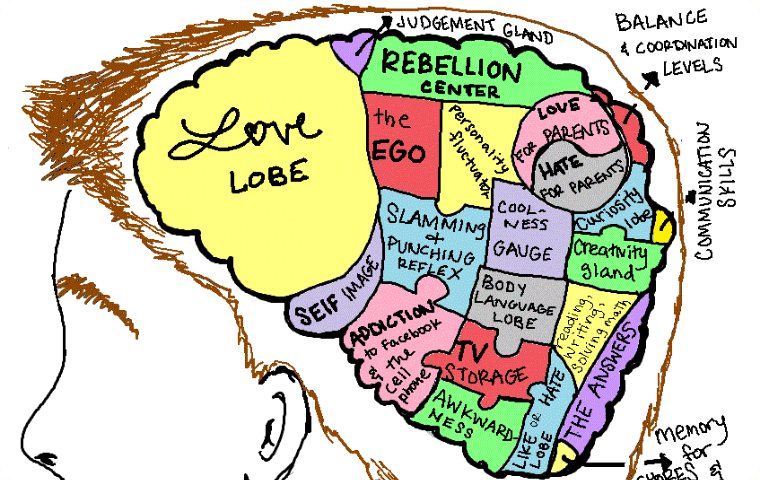Most states have graduated driver licensing programs, and in most of these programs, new drivers must complete a minimum number of supervised driving hours.
Given that teen drivers are at a substantially higher risk for collisions than any other age group, does additional parental involvement impact the safety of their young drivers?
The role of parents in graduated driver licensing programs
In nearly every state, teenage drivers must complete some form of GDL program to attain their driver’s license before a certain age. Teens may opt to wait to come of age before acquiring their license, thus not needing to participate in a GDL program.
However, the lure of freedom and independence leads most young drivers to want their license as soon as possible.
Stats have implemented GDL programs to attempt to address the severe risks that novice drivers face. It’s something you’ve no doubt heard before, but many people aren’t aware of how acute the problem is. Young drivers face an incredible amount of risk in the first years after they receive their license.
This risk decreases each subsequent year steadily, but while teens are in this critical window, you cannot overstate the threat to their lives and well-being. According to the Center for Disease Control and Prevention, vehicle collisions account for roughly 1/3 of all teenage fatalities. They’re the second leading cause of death for teenagers in the United States.
Yet, surprisingly, many parents do not seem aware of the risks their newly licensed children face on the road. According to a study published in the Journal of Safety Research, many parents are aware of, what are perceived to be, the more common issues surrounding driving safety. Over 90% of parents viewed alcohol or drug consumption before driving to be “extremely risky.”
Who among us can't recall a stressful moment with their parent during one of their first times behind the wheel?
Unfortunately, however, they also found a substantially reduced awareness of other high-risk factors for teen drivers. Just over 60% viewed driving without a seatbelt as high risk. Given that over 45% of vehicle fatalities are not wearing their seatbelts, per National Highway Traffic Safety Administration statistics, it’s hard to understand why many parents underestimate this risk factor.
Increasing awareness about this one issue alone could save hundreds or thousands of lives a year.
Similarly, less than 50% of parents believed inclement weather to be a substantial risk factor. This underestimation is in line with just over 30% being concerned about night driving and less than 30% being worried about their child driving with several friends in the car. Each of these is a substantial risk factor for young drivers.
In fact, most GDL programs limit these exact types of situations due to the increased danger they pose to new drivers. A fall-off in these limitations once teen drivers have received their licenses may explain some of their propensity to become involved in crashes.
Driver's education requirements may have changed, and the science of safe driving research certainly has
The importance of awareness
Though many parents seem unaware of some of the risk factors for their teen drivers, many seem to implement their own judgments about when and how their children should be driving. The question is, are they worried about the correct issues?
In a survey, more than 85% of parents said they had a process for deciding when their child should begin the process of getting their license. Of these, around 70% viewed their child’s age as a critical factor.
Other variables, such as school performance, age, and their family’s financial situation, helped around 40% of parents decide when the time was right.
Clearly, parents are willing and able to evaluate their own children’s risk factors and should play a heavy role in deciding when, where, and how their children get to drive. What’s needed is increased parental involvement, in the forms of mentorship and the negotiation of driving privileges, during the critical one-year window after licensing.
It's all about resources
Parental involvement and mentorship help to reduce dangerous teenage driver outcomes. So, what’s needed to empower parents to stay involved and provide appropriate guidance? It’s simple, with more resources and more tools at their disposal.
Parents’ jobs are hard enough. It’s crucial to equip parents with the information they need to make more informed decisions and provide them insight into how to relay this information to their teenagers.
In today’s world, most parents barely have the time to get their child to and from driver education or finish prescribed supervised driving hours to fulfill GDL requirements. It’s simply not practical for the parent or their teen drivers to continue supervised driving throughout their entire first year of licensure.
Asking parents to independently identify optimal strategies for continued driver education and means of risk assessment is, quite simply, asking too much. Parents need a simple resource to instruct them on the best practices of safe driving and how to communicate that information to their children in a way that will be well received.
Part of the problem is that our collective understanding of making safer drivers has changed significantly since many current parents learned to drive. Driver’s education requirements may have changed, and the science of safe driving research certainly has.
Young drivers face an incredible amount of risk in the first years after they receive their license.
Let’s face it, the relationship between parents and their teenagers can be complicated and strained at the best of times, let alone during the high-pressure, high-stakes undertaking of learning to drive. Who among us can’t recall a stressful moment with their parent during one of their first times behind the wheel?
Thankfully, there are more tools to help parents now than ever. Quality driver education is more available than ever, and it most states it can be taken online. Many school districts provide training and resources for you and your teen. Also, driver improvement applications, like the DriverZ Virtual Coach, are available and can really help make safer drivers.
Finding solutions that work for every family is essential. Parents will rest easy knowing they’ve done all that they can to equip their teens to make the safest possible decisions on the road today and to begin building the safe driving skills that will last them a lifetime.















